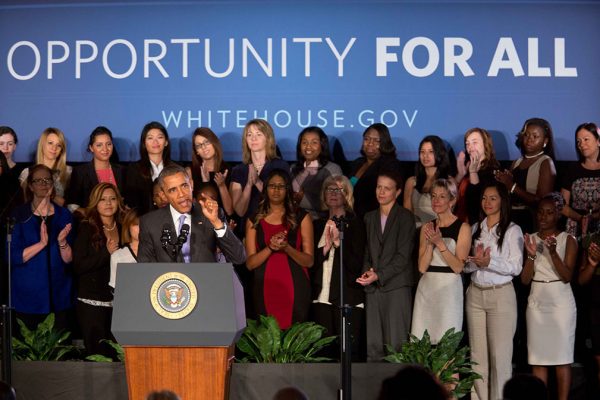Social organizations, including political groups, endure through time—some only for short periods, some for generations. Mie Inouye is right to ask how and why they endure, not least because groups too often fail to lay the groundwork to make endurance possible. What leads some organizations to hang together, and what can we learn from them to better maintain those that threaten to fall apart? Conversely, how can we know when it might be the right time to part ways?
Inouye gives two key examples of groups that often endure despite significant conflict, disagreement, or diversity of opinion: family and religious community. We can extract from these examples two elements that promote their persistence through time.
Consider family first. One of the most distinctive features of the family is that most of its members do not choose to be part of it. Families endure precisely because people take the relationship to be involuntary—not really a matter of choice. (Most people today do choose their partners, in some sense, but even this case often entails something one doesn’t really choose: having to put up with one’s in-laws.) Of course, many people know that you can break these bonds; estrangement is not all that unusual. But it is often an act of last resort: people try to maintain their family relationships even despite abuse, neglect, and harassment.
As for religious affiliations, Inouye notes that it should have been easier for her to leave Mormonism than it was. What makes it difficult to leave a religious community is not unlike what makes it difficult to break ties with one’s family. In fact, the two cases are often intertwined: one reason it is often difficult to leave a religion is precisely that it is the religion of one’s family. When we are young, both familial relationships and the religious practices embedded in them are involuntary. My parents were conservative evangelicals when I was born, and I was given no choice of religious practice as a child. At some point these things become voluntary, whether in a legal or psychological sense, but even then we may not feel as though we really have a choice to leave. Even in the face of a crisis of faith or a dramatic falling out with family, many try to work through the rift rather than make a decisive break.
This is one way that political organizations can persist despite widespread conflict: a sense of involuntary collectivity. In other words, members can feel they have no choice. Some might feel they are organizing for their life—that their basic survival or livelihood is at stake. Just as we are born into a family or born into a nation (neither of our own choosing), some may feel born into struggle—because they are subjected to domination, exclusion, or oppression, conditions not of their own choosing. Inouye reminds us that the bonds tying us to political organizations or social movements, like those tying us to the family or the church, usually are indeed voluntary: they can be broken, even if we often feel they can’t. But until we reach a breaking point, an involuntary sense of duty, obligation, or self-preservation can compel us to keep showing up.
Another factor promoting persistence in Inouye’s two key examples is an orientation to the future. While not all religions function to make some future promise in exchange for contemporary suffering, humiliation, and sorrow, many do. Members of religious groups may disagree vigorously about the major tenets of the faith, but they very often share a basic vision of the future. Something similar can be said of families, at least in the contemporary United States. Families project themselves into the future; indeed they cease to exist without reproducing themselves through time—that is, without children. Families are intimately bound up with parenting, child care, and elder care—practices oriented around future plans or future obligations.
This orientation to the future can also generate endurance in political groups and social movements. Such groups are relatively easy to maintain when they are actively succeeding in their goals, gaining momentum toward them, or recruiting many new members. But these moments are rare. Much more frequently, political organizations fail in their main goals; the hard work of the members is not rewarded with success. In such cases, the promise of winning, or building a better future, can compel members to stick together.
Both of these elements—a sense of involuntariness and an orientation to the future—can facilitate endurance through conflict. But precisely because of that power, they can also have unwelcome effects: making excuses for current bad practices, for example, or promoting resignation to unjust conditions, or deferring action until some perpetually unspecified right time. (Indeed, what’s more conservative than insisting on the organizations we have, to the exclusion of others we might build?) Keeping these two elements in balance—a conservatism that enables the organization to persist through time and a radicalism that seeks justice and enables the organization to take risks in order to make change—is fraught with difficulties.
This clash of aims and conflicting motivations need not be destructive: it is part of the work that accepting disagreement can do for an organization. Not all members need to be focused on the future goal; some can be focused on generating prefigurative conditions now. Not all members need to feel an involuntary sense of duty or obligation to the cause; some can, perhaps should, feel freer to walk away. In this sense, Inouye’s prescription of shared “ideology” may not be so necessary. Instead, the success of solidarity groups often hinges on the participation of many different types of members, who show up—and stay, when they do—for different reasons.








